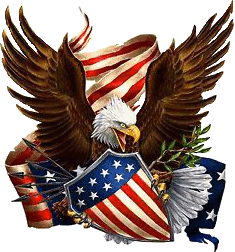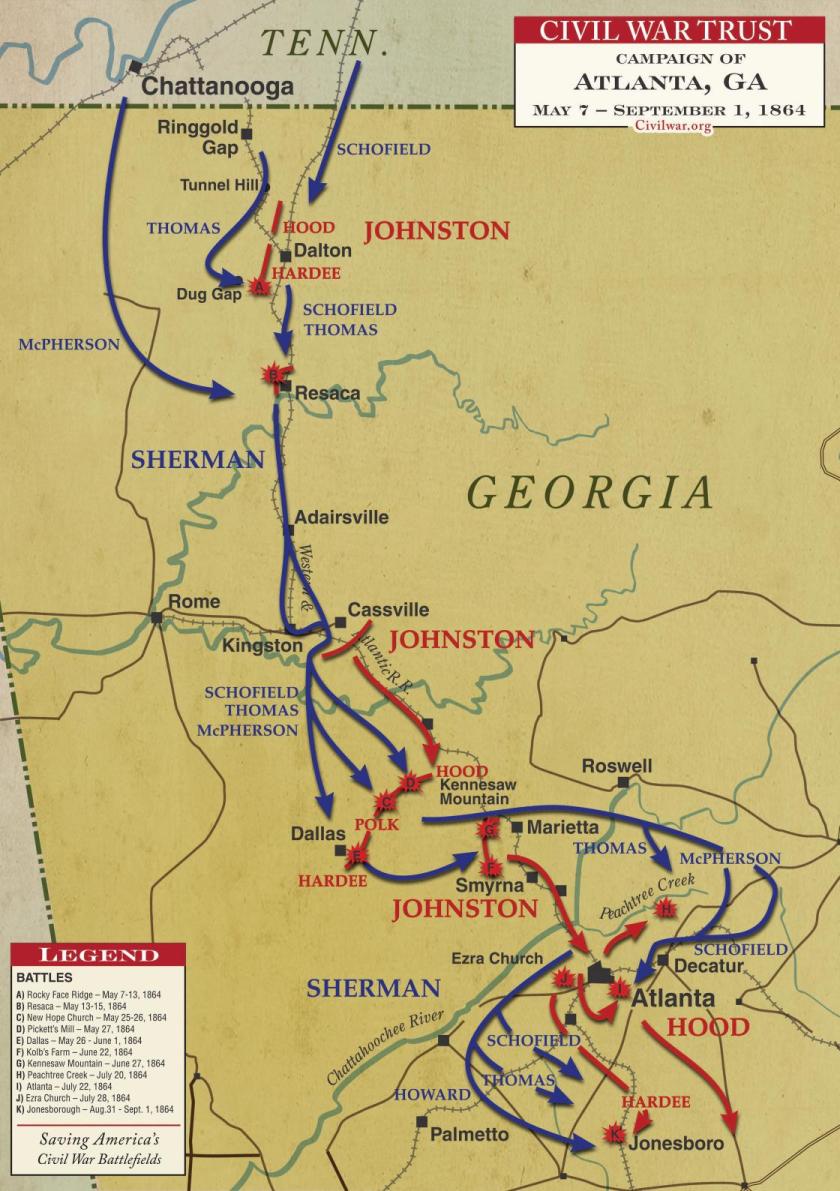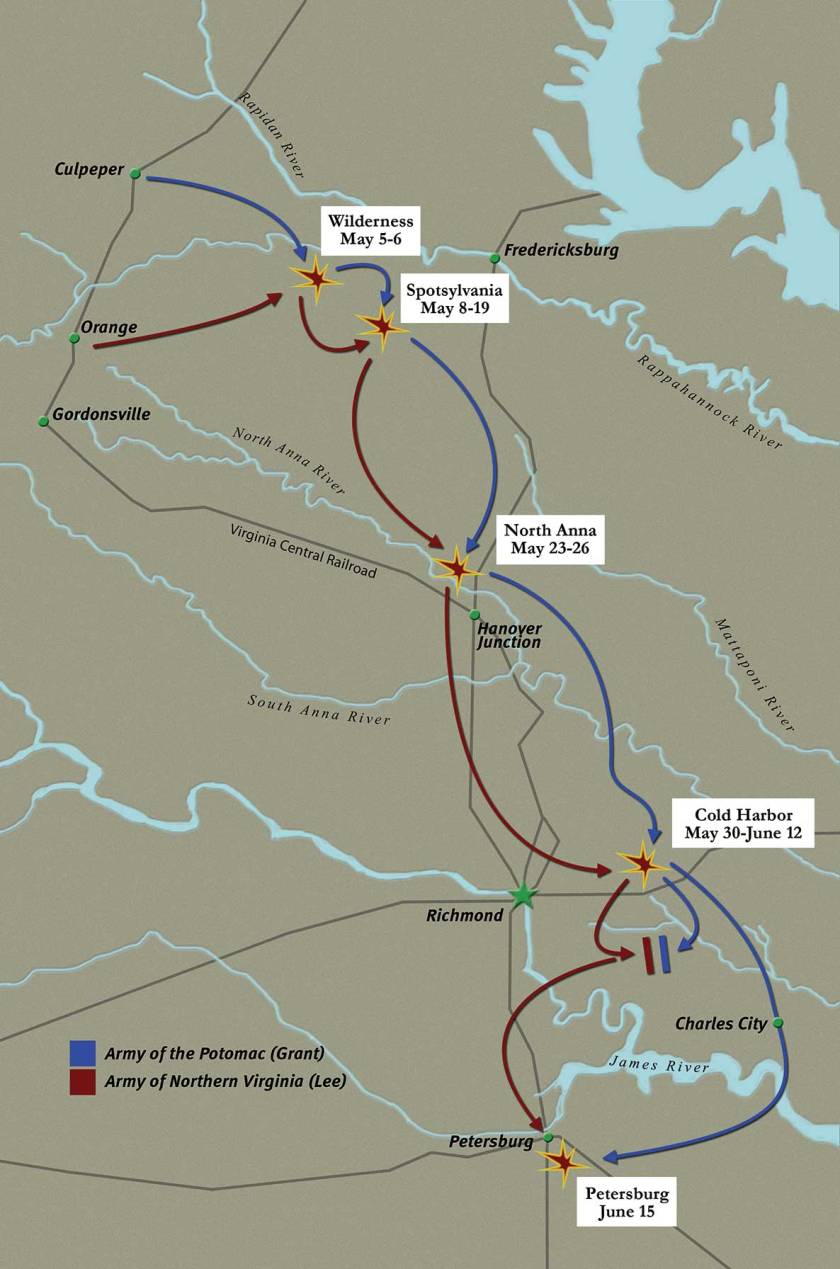source : ‘the American civil war story’ BBC history magazine
While Grant was entrenching outside Petersburg, Union forces under the command of general William T Sherman made a momentous breakthrough at Atlanta, which fell to Union forces on 2 september 1864. Continue reading “The fall of Atlanta and Sherman’s march”




You must be logged in to post a comment.